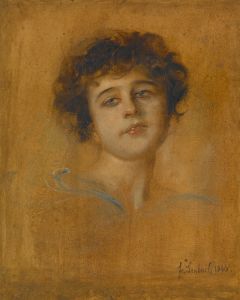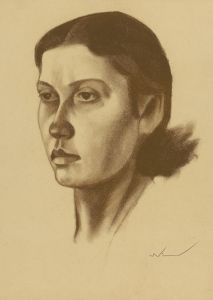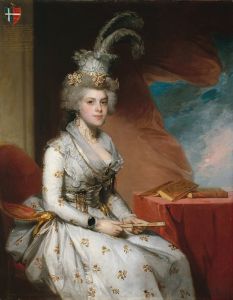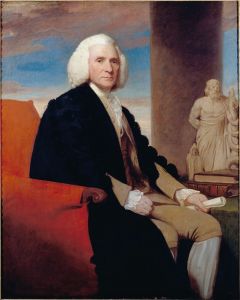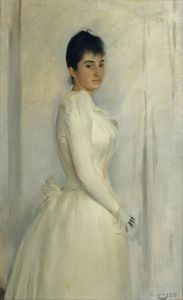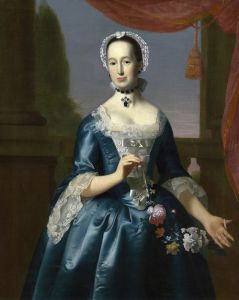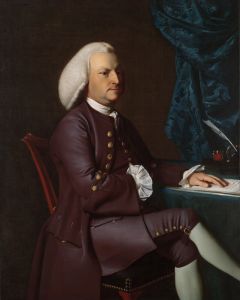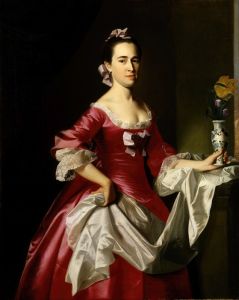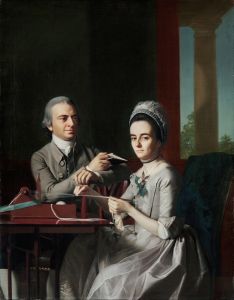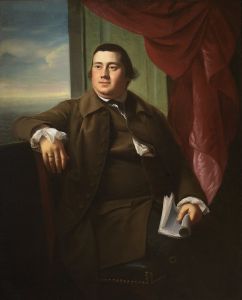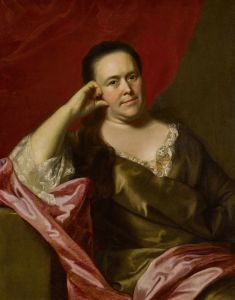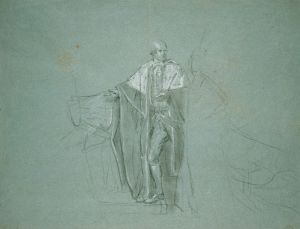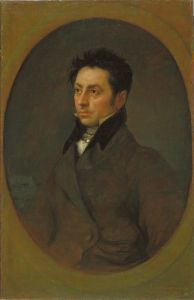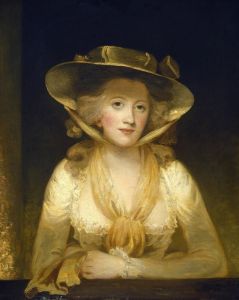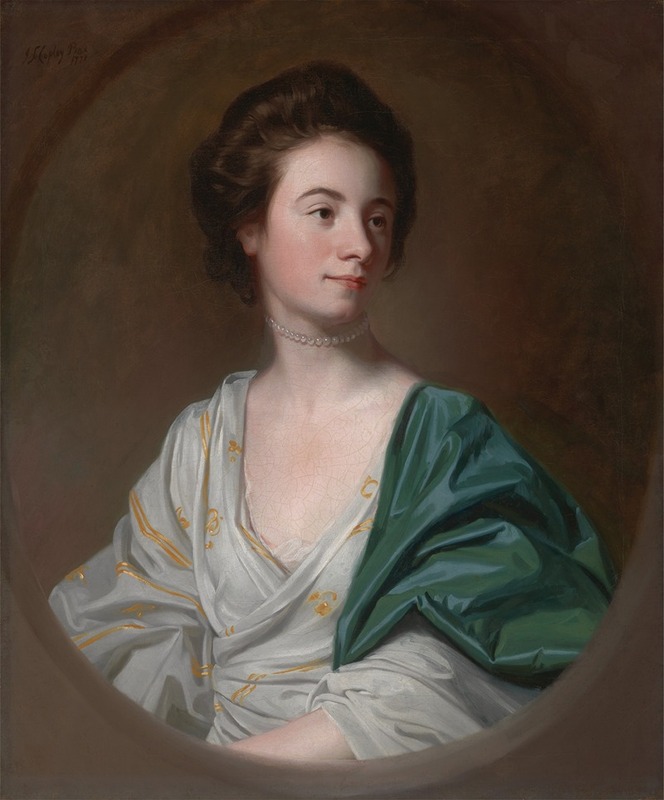
Mrs. Robert Hyde
A hand-painted replica of John Singleton Copley’s masterpiece Mrs. Robert Hyde, meticulously crafted by professional artists to capture the true essence of the original. Each piece is created with museum-quality canvas and rare mineral pigments, carefully painted by experienced artists with delicate brushstrokes and rich, layered colors to perfectly recreate the texture of the original artwork. Unlike machine-printed reproductions, this hand-painted version brings the painting to life, infused with the artist’s emotions and skill in every stroke. Whether for personal collection or home decoration, it instantly elevates the artistic atmosphere of any space.
"Mrs. Robert Hyde" is a portrait painting by the renowned American artist John Singleton Copley, created in the late 18th century. Copley, born in 1738 in Boston, Massachusetts, was one of the most influential painters in colonial America, known for his detailed and realistic portraits. His works are celebrated for their meticulous attention to detail and the ability to capture the character and status of his subjects.
The portrait of Mrs. Robert Hyde exemplifies Copley's skill in rendering textures and fabrics, a hallmark of his style. Copley was adept at portraying the luxurious materials that were popular among the colonial elite, such as silk, lace, and satin, which are likely featured in this painting. His ability to depict the sheen of fabric and the intricate details of lacework contributed to his reputation as a leading portraitist of his time.
While specific details about the sitter, Mrs. Robert Hyde, are limited, it is known that Copley often painted members of the colonial upper class, capturing their likenesses for posterity. These portraits were not only personal mementos but also symbols of wealth and social standing. The identity of Mrs. Robert Hyde, like many of Copley's subjects, would have been significant in her community, and her portrait would have served as a testament to her family's prominence.
Copley's work during this period was characterized by a blend of American and European influences. Although he spent the early part of his career in America, Copley moved to London in 1774, where he continued to develop his style and gain international acclaim. His time in Europe exposed him to the works of the Old Masters, which influenced his approach to composition and color.
The painting of Mrs. Robert Hyde would have been created during a time when Copley was refining his technique and expanding his repertoire. His portraits from this era often feature a sophisticated use of light and shadow, lending a three-dimensional quality to the figures. Copley's ability to convey the personality and mood of his sitters through subtle expressions and poses is evident in his work.
Copley's legacy as a portrait artist is significant, as he captured the likenesses of many important figures of his time. His paintings provide valuable insights into the fashion, culture, and social dynamics of 18th-century America and Britain. Today, Copley's works are held in high regard and are featured in major art collections and museums around the world.
The portrait of Mrs. Robert Hyde remains an important example of Copley's artistry, showcasing his technical prowess and his ability to immortalize the individuals of his era through portraiture.





